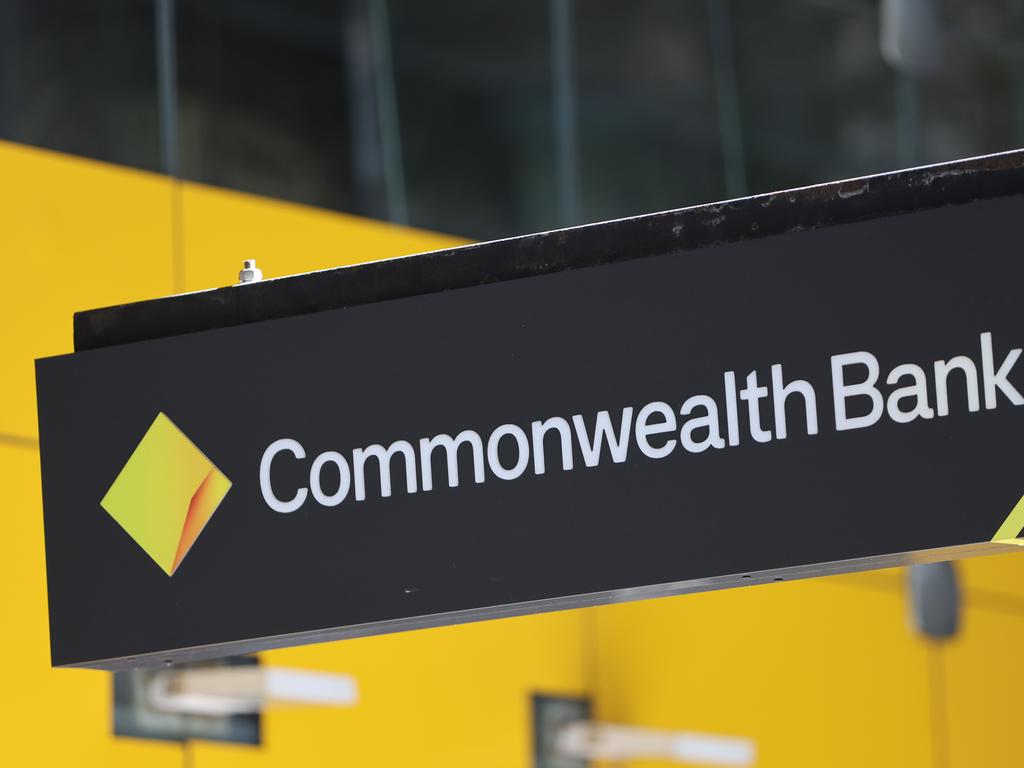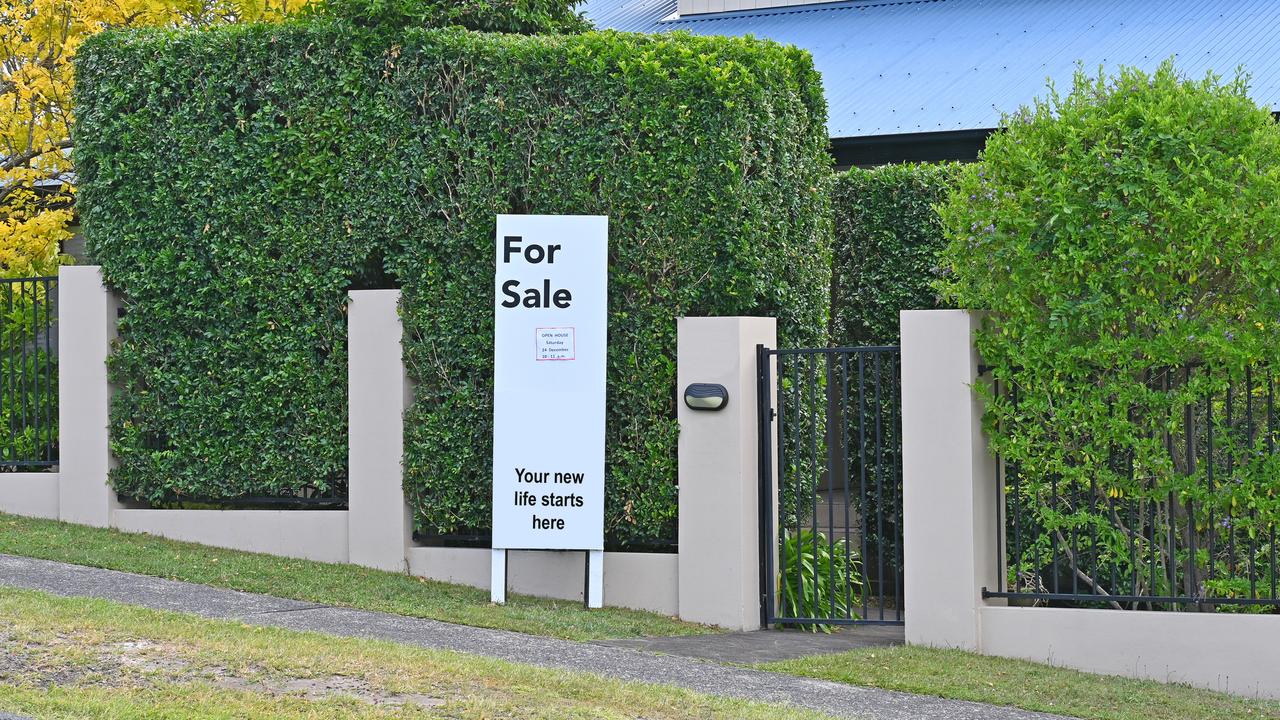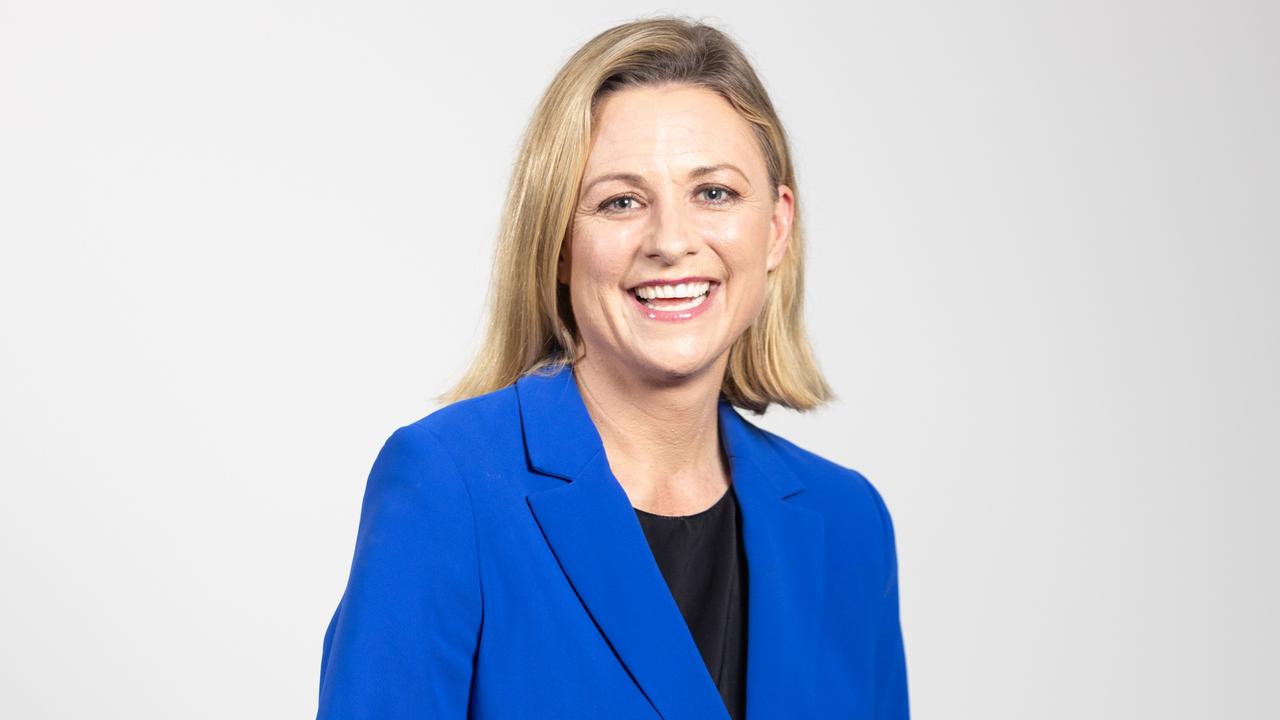Banks ‘come to the party’ over Aussies’ $265bn
The big Aussie banks have been copping a hard time of late but when it comes to this $265bn feature, they are lending a helping hand.

If you have shopped for a home loan and decided against a cheaper basic package because it doesn’t include an offset account, you are not alone.
According to APRA’s latest quarterly property exposure statistics, Australians have more than $265 billion tucked away in offset accounts, says Canstar’s data insights director Sally Tindall – an amount that’s gone up almost $40 billion since the RBA started hiking interest rates back in 2022.
But while the concept of lowering the amount of money you pay interest on is appealing, offset accounts aren’t beneficial for everyone, says mortgage broker and founder of Two Red Shoes Rebecca Jarrett-Dalton.

“People get sold on the idea that you can only pay your loan off fast, you can only save money on interest if you have an offset account,” she says.
“But it doesn’t work if you’ve got no money in it.”
MORE: ‘Pray’: Expert’s horror advice for Aussies
44 Aussie suburbs you can buy on $95k wage
She says while fees charged by banks vary, the average annual fee for an offset account is around $395.
“If you do the maths, and reverse-engineer it, you kind of have to have at least $6000 in your offset at all times in order to save as much as you’ve spent on the fee.”

COST VS GAIN
Canstar data on the lowest variable rates offered for both “no-frills” basic home loans that don’t include offset accounts versus home loan accounts that do include offsets show a sizeable difference in both fees charged and the advertised interest rate.
“Canstar data shows that the average of the lowest basic variable rate (no offset account) from each lender is 6.18 per cent, while the average annual fee on these loans is $168,” Tindall says.
“Meanwhile the average of the lowest variable rate with an offset account from each lender is 6.41 per cent, while the average ongoing fee on these loans is $311 p.a.
“That’s a gap of 0.23 per cent in terms of rate and $143 in terms of annual fees.”
MORE: Countries that will pay you $140k to move there

UPSIDES TO OFFSETS
However, not all banks charge a premium for offset facilities, says Tindall.
“Plenty of other banks don’t charge higher rates for their offset accounts including Macquarie Bank, Bendigo Bank, ING and G&C Mutual,” she says.
“The Commonwealth Bank has lower advertised rates for its Wealth Package home loan, which comes with an offset, than the rates on its no-frills Extra home loan which only has access to a redraw facility.”
A lot of “banks have come to the party” when it comes to cutting out unnecessary fees, says broker and managing director of Atelier Wealth Aaron Christie-David.
He is a big believer in offset accounts.
For those people who “bank in buckets,” splitting their money up into different accounts for bills, savings and everyday expenses, he says it can be helpful to borrow with a lender that offers offset facilities across multiple accounts.
MORE: Stubborn Aussie neighbours back in the spotlight

He says there is also a downside to opting for the cheaper, basic home loan packages, with most lenders not allowing for “retention pricing,” the ability to periodically negotiate a discounted interest rate.
COSTLY FEATURES YOU DON’T NEED
While offset accounts are the only “bells and whistles” attached to home loans now that redraw facilities are included in most basic loans, there are other loan features that can create unexpected or unnecessary costs depending on a borrower’s needs.
Fixing an interest rate can come at an opportunity cost for borrowers who want to put lump sums like bonuses or commission into their loan since most fixed rate loans don’t allow extra repayments, says Christie-David. Credit cards are another costly feature – especially if they don’t come with an interest-free period, he says.
MORE: ‘Walking on water on LSD’ Crowe’s $42m play

Tindall says knowing the basics of how a loan works and what you really need helps in the process of comparing options.
“Do you need a construction facility? Not unless you’re planning on large scale renovations any time soon.
Do you want the ability to make fortnightly repayments? Yes it suits some people’s pay cycles and with some banks, the way they calculate it can see you inadvertently make extra repayments compared to paying monthly,” she says.
“But you don’t need to pick a bank based on how they make these calculations, particularly those on a variable rate.
“Instead, ask your bank to set your repayments at more than the minimum, and, while it will depend on how much you chip in, you could see some significant savings in a relatively short space of time.”
MORE: Aussie crypto millionaires’ secret money stash
Success secrets of top Aussie millionaires exposed
Inside Joe Rogan’s $22m mansion
Originally published as Banks ‘come to the party’ over Aussies’ $265bn



